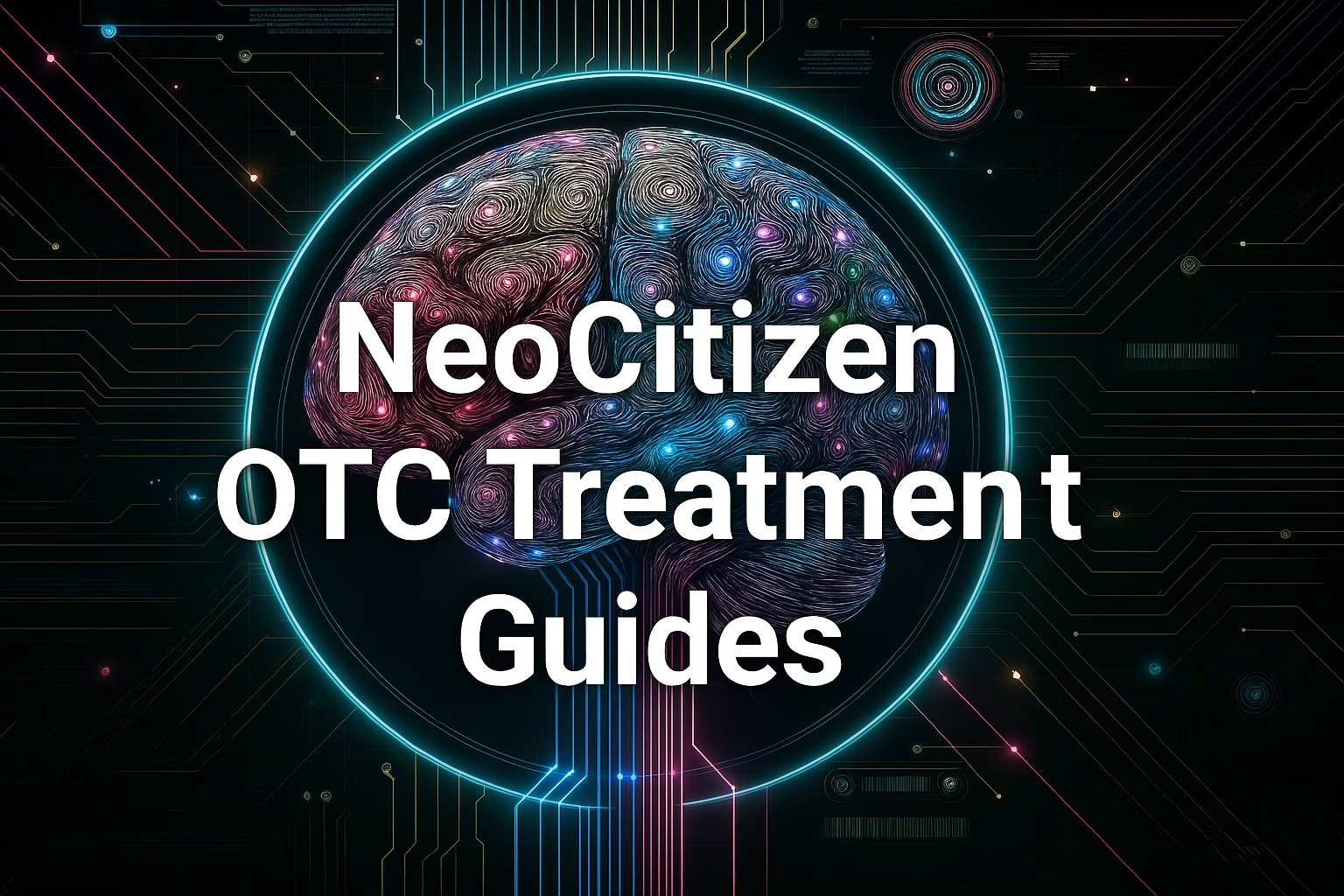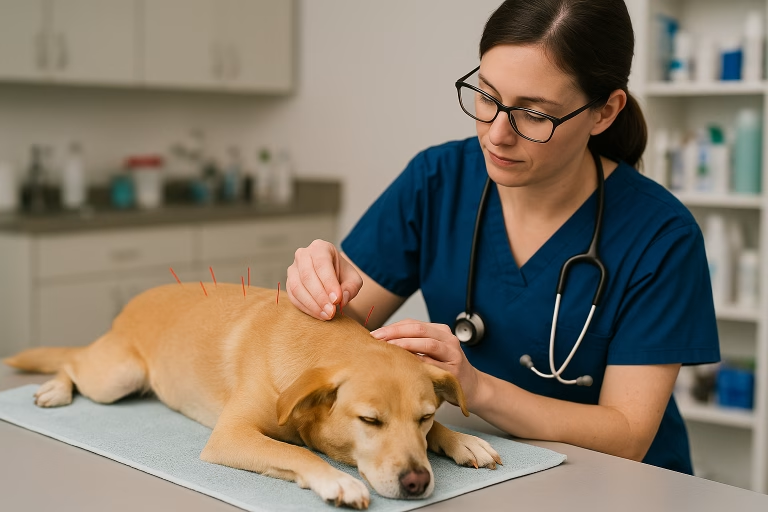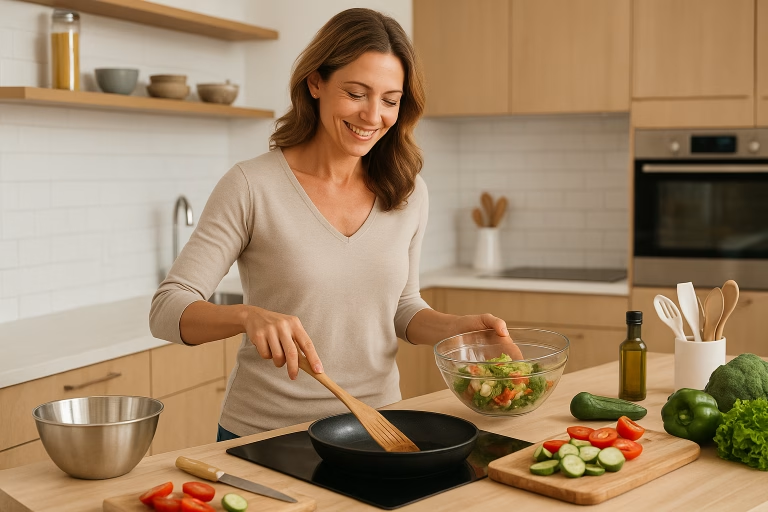
When accidents happen, quick and effective first aid is crucial. Topical antibiotics and antiseptics play a key role in preventing infections by eliminating harmful bacteria and promoting faster healing. Here’s a detailed guide on the best pharmacist-recommended topical antibiotics and antiseptics, complete with pros, cons, and helpful information to guide your choice.
Understanding Cuts and Scrapes
Minor skin wounds like cuts, scrapes, and burns can easily get infected if not treated properly. Immediate application of topical antibiotics or antiseptics prevents bacterial growth, reduces inflammation, and supports faster healing.
#1 Neosporin (Triple Antibiotic Ointment)
Pharmacists consistently rank Neosporin as their top recommended topical antibiotic. It contains three potent antibiotics—Bacitracin, Neomycin, and Polymyxin B—that effectively prevent infections.
Pros:
- Highly effective at preventing infection
- Speeds healing significantly
- Widely trusted and pharmacist-recommended
Cons:
- May cause allergic reactions in some users (especially to Neomycin)
- Not recommended for extensive use (may cause antibiotic resistance)
Learn more at Neosporin.com
#2 Polysporin (Bacitracin/Polymyxin B)
Polysporin is the preferred choice for those allergic to Neomycin found in Neosporin. It provides powerful antibacterial protection using two active ingredients.
Pros:
- Safe alternative for people allergic to Neomycin
- Effective against a wide range of bacteria
- Low risk of irritation
Cons:
- Slightly less potent compared to triple antibiotic ointments
- May require more frequent application
More details at Polysporin.com
#3 Betadine (Povidone-Iodine)
Betadine is a trusted antiseptic known for its strong germ-killing properties, effective against bacteria, viruses, and fungi.
Pros:
- Broad-spectrum antiseptic
- Ideal for prepping wounds or skin before surgery
- Highly effective at preventing infection
Cons:
- Can stain skin and clothing
- Some users find the scent strong or unpleasant
Check further details at Betadine.com
#4 Hibiclens (Chlorhexidine Gluconate)
Hibiclens is widely used by healthcare professionals. It provides extended antiseptic action, making it ideal for surgical preparations and general wound care.
Pros:
- Long-lasting protection (up to 24 hours)
- Gentle on the skin, suitable for sensitive individuals
- Highly effective against bacteria and fungi
Cons:
- Potential skin irritation with prolonged use
- Should not be used near eyes or ears
Visit Hibiclens.com for more information
#5 Bactine MAX (Lidocaine/Benzalkonium Chloride)
Bactine MAX combines antiseptic properties with pain relief, making it ideal for minor cuts, scrapes, and burns.
Pros:
- Provides immediate pain relief
- Effective antiseptic action
- Non-stinging, suitable for children
Cons:
- Less potent antiseptic compared to iodine-based solutions
- May require frequent reapplication
Learn more at Bactine.com
Quick Tips for First Aid:
- Always clean the wound thoroughly before applying any topical medication.
- Monitor for signs of infection (redness, swelling, warmth).
- Seek professional medical attention for deep or serious wounds.
Share and Spread Awareness!
Feel free to share this essential first aid guide to ensure everyone stays safe and prepared!
#FirstAid #TopicalAntibiotics #Antiseptics #Neosporin #Polysporin #Betadine #Hibiclens #BactineMAX










